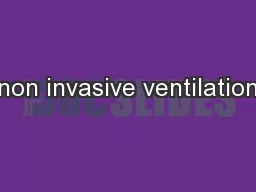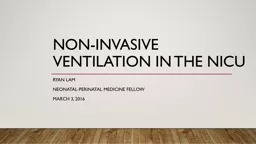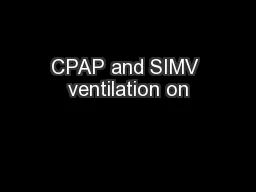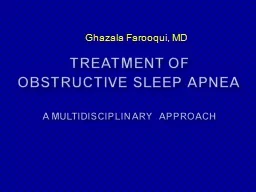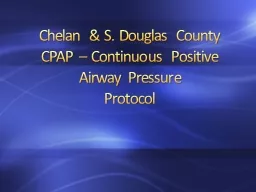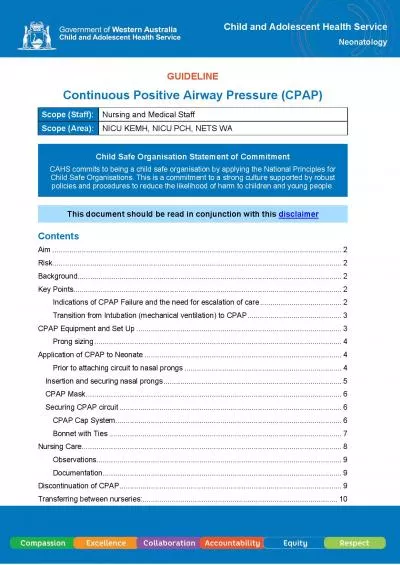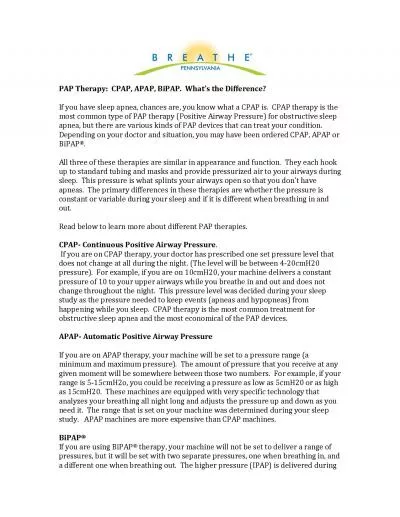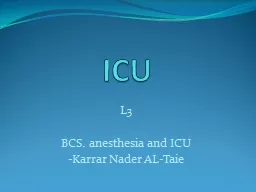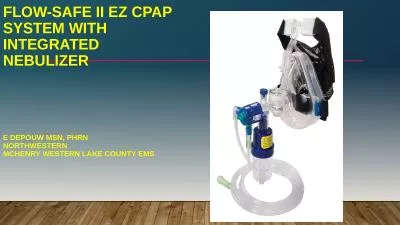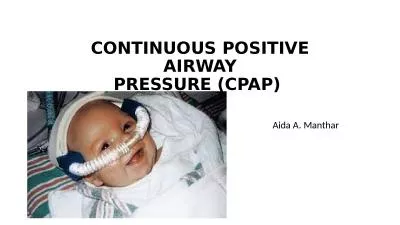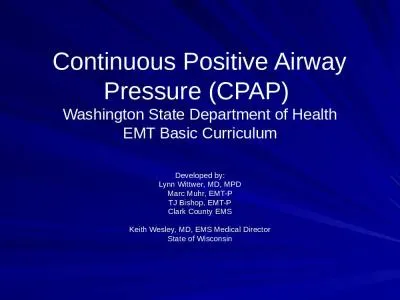PPT-BLS CPAP Continuous Positive Airway Pressure
Author : min-jolicoeur | Published Date : 2020-01-20
BLS CPAP Continuous Positive Airway Pressure Objectives Why CPAP Respiratory AampP Review How does CPAP work Indications Contraindications CPAP Methods What is CPAP
Presentation Embed Code
Download Presentation
Download Presentation The PPT/PDF document "BLS CPAP Continuous Positive Airway Pres..." is the property of its rightful owner. Permission is granted to download and print the materials on this website for personal, non-commercial use only, and to display it on your personal computer provided you do not modify the materials and that you retain all copyright notices contained in the materials. By downloading content from our website, you accept the terms of this agreement.
BLS CPAP Continuous Positive Airway Pressure: Transcript
Download Rules Of Document
"BLS CPAP Continuous Positive Airway Pressure"The content belongs to its owner. You may download and print it for personal use, without modification, and keep all copyright notices. By downloading, you agree to these terms.
Related Documents



